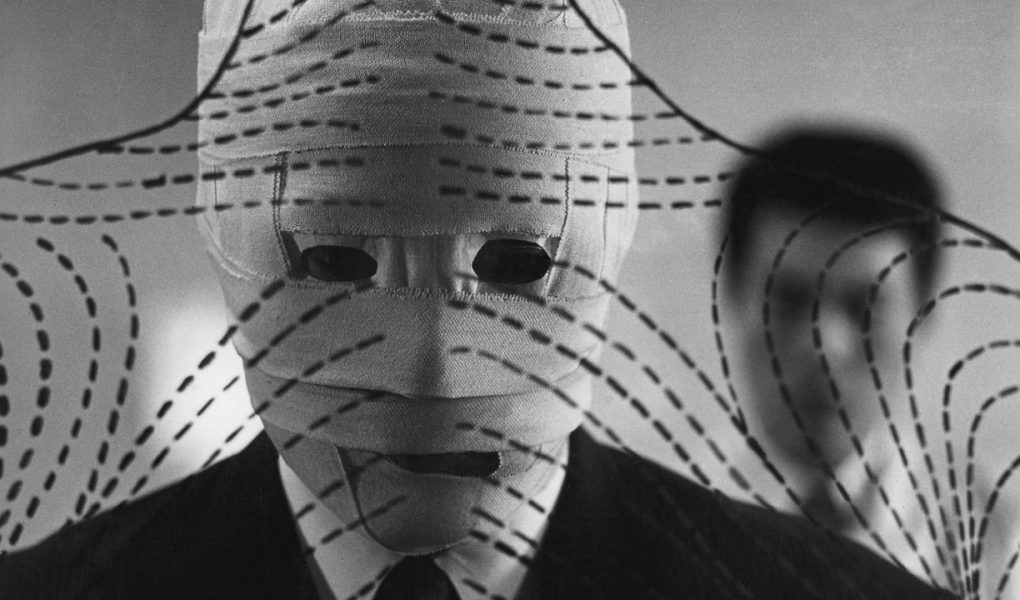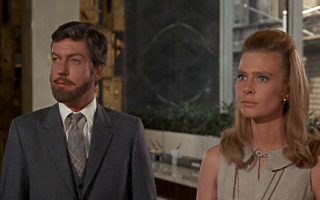lareddepathways.com – “The Face of Another” (1966) is a thought-provoking Japanese film directed by Hiroshi Teshigahara. Based on the novel by Kōbō Abe, it is a compelling exploration of identity, alienation, and the human psyche. This cinematic work challenges the audience to reflect on the nature of self and the masks people wear in society.
Plot Overview
Setting and Characters
The film follows the story of Mr. Okuyama, portrayed by Tatsuya Nakadai, a man disfigured in an industrial accident. With his face severely burned, Okuyama becomes estranged from society and his own identity. The plot thickens as he consults with a psychiatrist, played by Mikijirô Hira, who offers him an opportunity to wear a lifelike mask that restores his appearance.
Storyline
As Okuyama dons this new face, he embarks on a journey to rediscover himself. However, the mask brings unexpected consequences, blurring the lines between his true self and the persona he projects. The film delves into Okuyama’s interactions with his wife, played by Machiko Kyō, and how the mask affects their relationship, exploring themes of deception and self-perception.
Themes and Analysis
Identity and Transformation
“The Face of Another” is a profound examination of identity. It questions whether physical appearance defines who we are and explores the transformative power of anonymity. Okuyama’s journey illustrates how altering one’s appearance can lead to a shift in behavior and self-awareness.
Alienation and Society
The film also tackles the theme of alienation. Okuyama’s disfigurement isolates him from society, highlighting how physical differences can lead to social ostracism. His experiences with the mask serve as a metaphor for the masks we all wear to conform to societal norms, raising questions about authenticity and acceptance.
Cinematic Techniques
Direction and Visual Style
Hiroshi Teshigahara’s direction is notable for its surreal and avant-garde style. The film’s visual aesthetics, combined with Tôru Takemitsu’s haunting score, create an unsettling atmosphere that mirrors Okuyama’s inner turmoil. The use of stark imagery and symbolic elements enhances the narrative’s psychological depth.
Performances
Tatsuya Nakadai delivers a powerful performance as Mr. Okuyama, capturing the character’s complex emotions and internal conflict. The supporting cast, including Machiko Kyō and Mikijirô Hira, provide nuanced portrayals that contribute to the film’s exploration of human relationships and identity.
Conclusion
“The Face of Another” is a cinematic masterpiece that challenges viewers to reflect on the nature of identity and the facades we create. Its enduring themes and innovative storytelling make it a significant work in Japanese cinema. For those interested in films that delve into psychological and existential questions, “The Face of Another” offers a captivating and thought-provoking experience.




